Ohio University
Athens, OH
Athens, OH
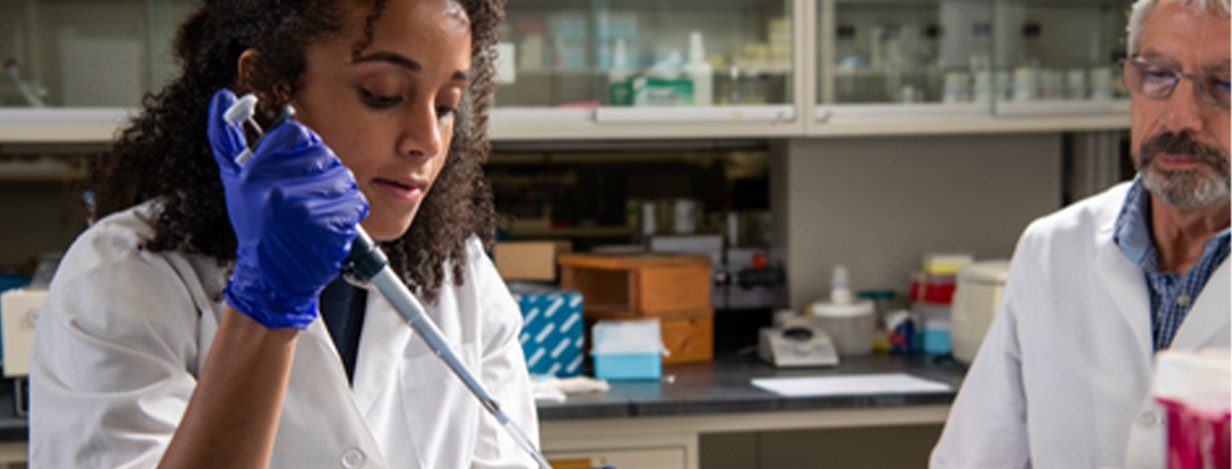
Ohio University students work with some of the world’s top engineers and scientists, and sometimes the results are out of this world.
Bobcat satellite
From its low-Earth orbit, the Bobcat-1 nanosatellite sent GPS data back to a ground station in Athens so researchers and students could study how to improve global navigation satellite systems such as GPS.
Microgravity
SpaceX rockets have taken multiple Ohio University experiments to the International Space Station as part of NASA’s Mission to the Moon project. OHIO researchers are using tiny worms to study nerve and muscle health, and tiny seedlings to look at plant growth in microgravity. These genetic experiments build from the Nobel Prize–winning work of an Ohio University alumnus who helped decipher the riddle of the ribosome—a molecule made up of RNA and protein foundational to life.
Big Bang
Another group of scientists used data from 20 years of ground-based observations of the night sky to map the expansion of the universe. They're now closing in on what happened a trillionth of a second after the Big Bang.
Mapping Mars
OHIO alumni can be found driving change in areas such as energy and the environment, nanotechnology, biomedical engineering, avionics, biochemistry, and more. One of them is even mapping Mars and picking landing spots for the rover.
Edwards Accelerator Laboratory
The Edwards Accelerator Laboratory is a unique national facility. The combination of continuous and mono-energetic neutrons together with a well-shielded 30-meter flight path does not exist anywhere else in North America.
Student success
Ohio University students are 21st-century problem solvers. They explore questions that need answers. The experience they get working in faculty labs, doing internships, and learning how to be of service to the world springboards them into top graduate schools and highly successful careers. And the bonds they build at OHIO are unbreakable.
• Home of the prestigious Russ Prize ($500,000), awarded biennially by the National Academy of Engineering.
• NASA awarded Ohio University, Reliable Robotics and partners $6 million to advance autonomous aircraft tech and industry standards.
• Environmental Science and Sustainability major is among the first to bring science and sustainability issues into one major.
• The STEMstart program lets incoming first-year science students get a jump start on study skills, peer resources, meeting professors and making friends.
Russ College of Engineering and Technology
• Artificial Intelligence
• Aviation
• Chemical Engineering
• Civil Engineering
• Computer Science
• Cybersecurity Engineering
• Electrical Engineering
• Energy Engineering
• Engineering Technology and Management
• Industrial and Systems Engineering
• Mechanical Engineering
• Project Management
College of Arts & Sciences
• Biological Sciences (including Pre-Med, Wildlife and Conservation, Cellular and Molecular, and Marine, Freshwater, and Environmental)
• Chemistry and Biochemistry (including Forensic)
• Environmental and Plant Biology
• Field Ecology
• Geography (including GIS)
• Geology
• Meteorology
• Mathematics
• Physics
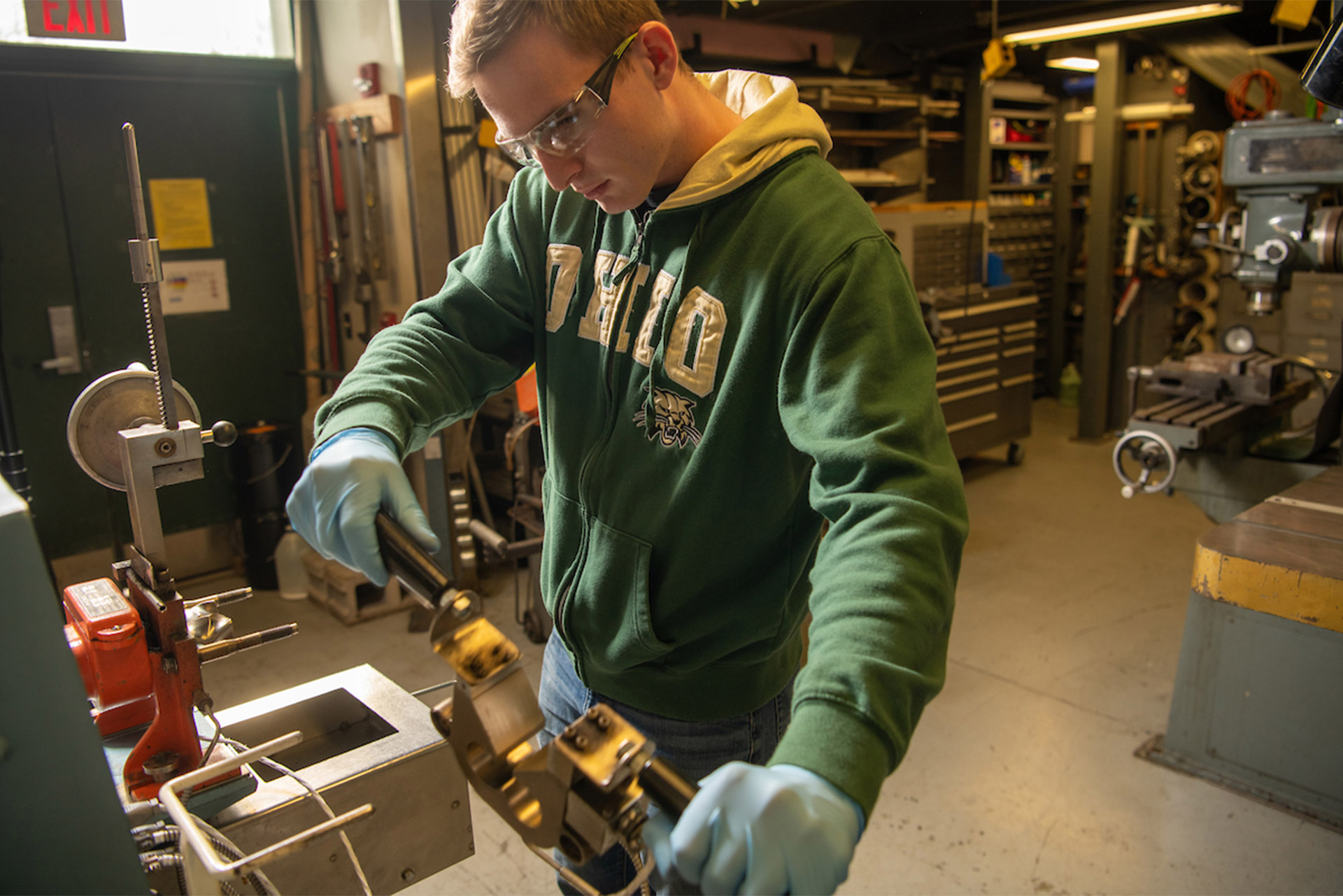
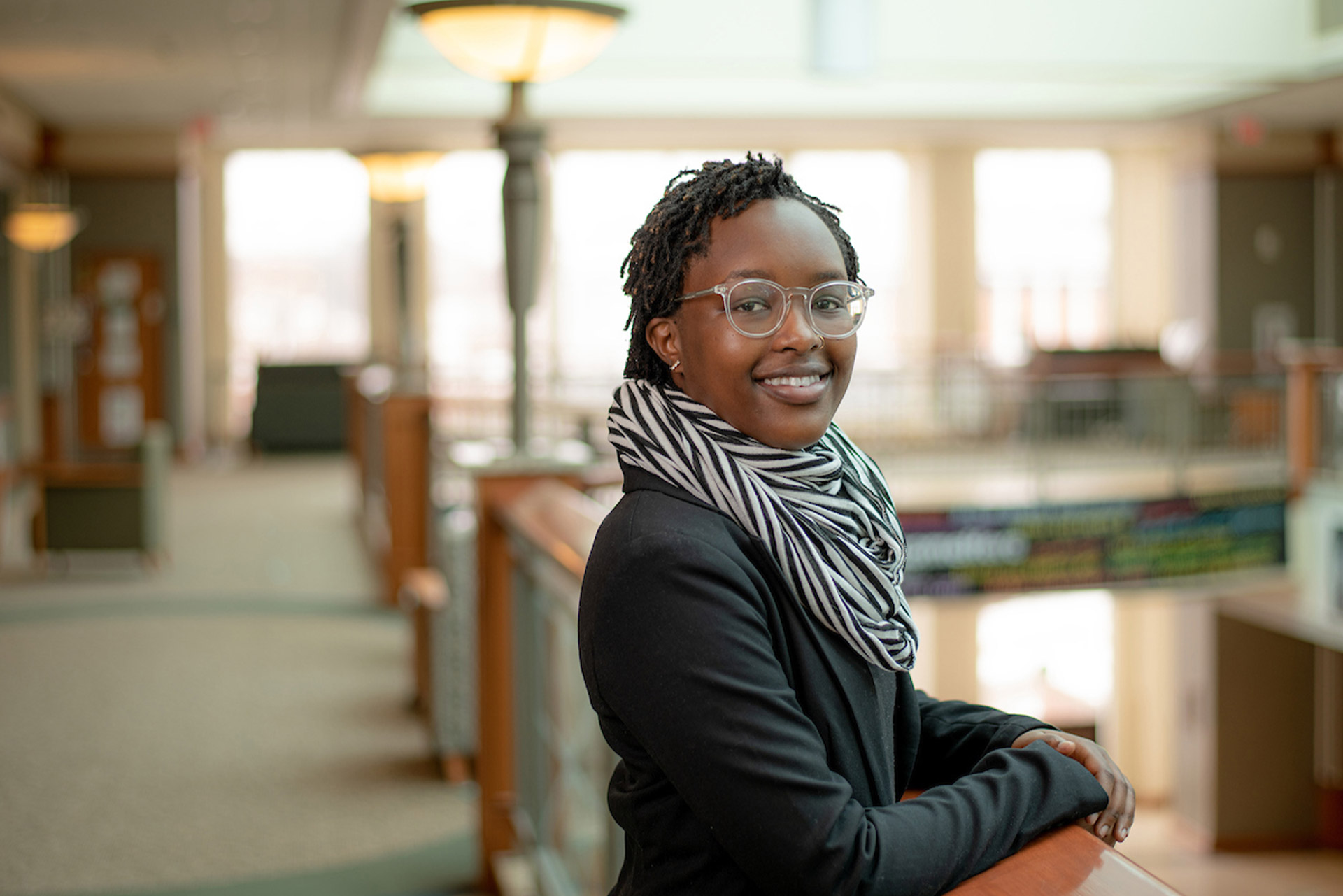
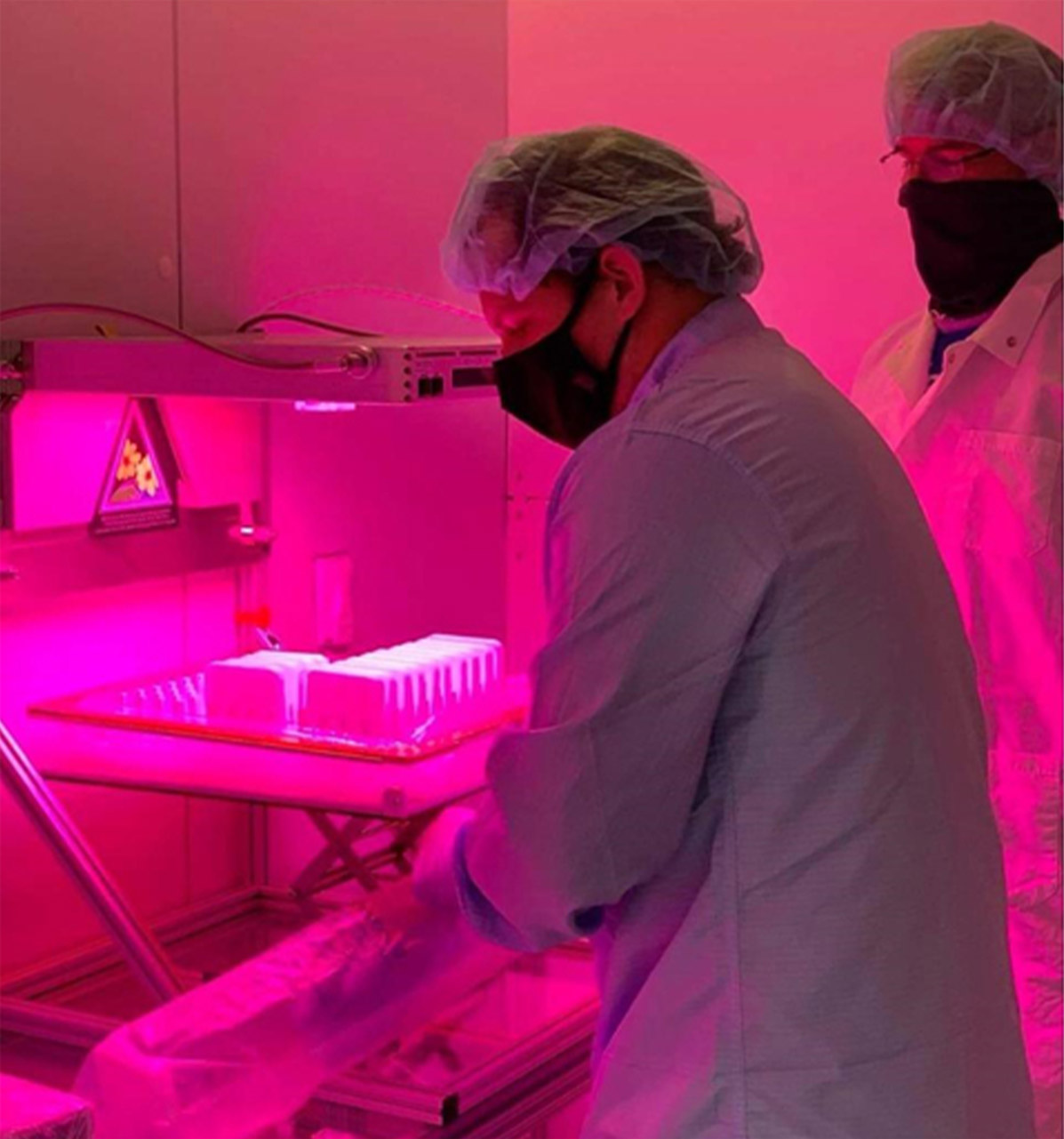
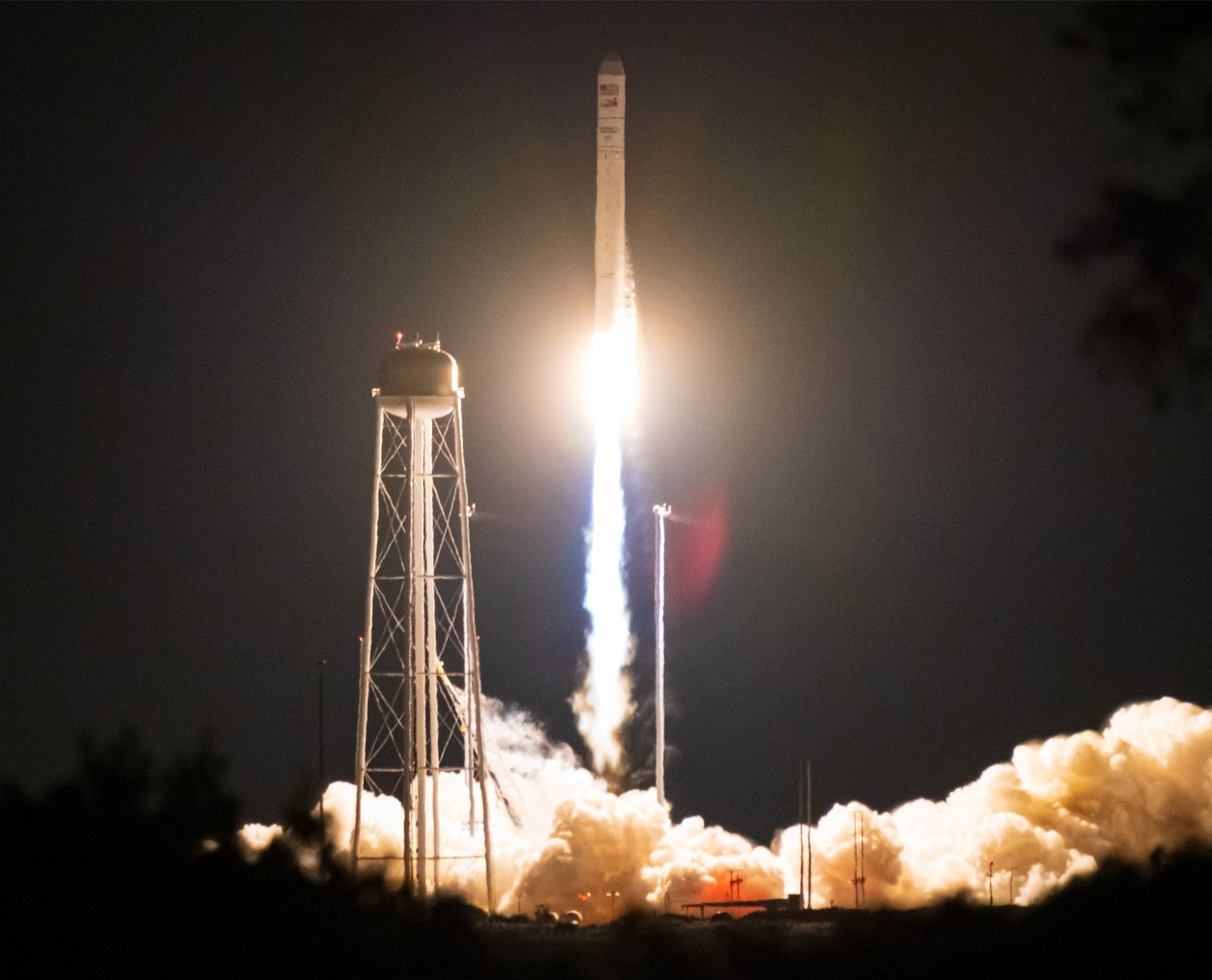


“The program helps you understand the process of coming up with ideas and finding solutions and looking at how to make it happen. I hope to make a lasting impact of change.”
“Having serious research experience and observing other students do work on a project they are passionate about really inspired me to apply for PhD programs and think about working in R&D someday.”
“Applying the knowledge that you learn in the classroom is paramount for success and impact in the field, and Dr. Soichi Tanda engrained that aspect of biology in me during my first semester at OHIO. This was one of the driving factors that led me to get involved in research.”